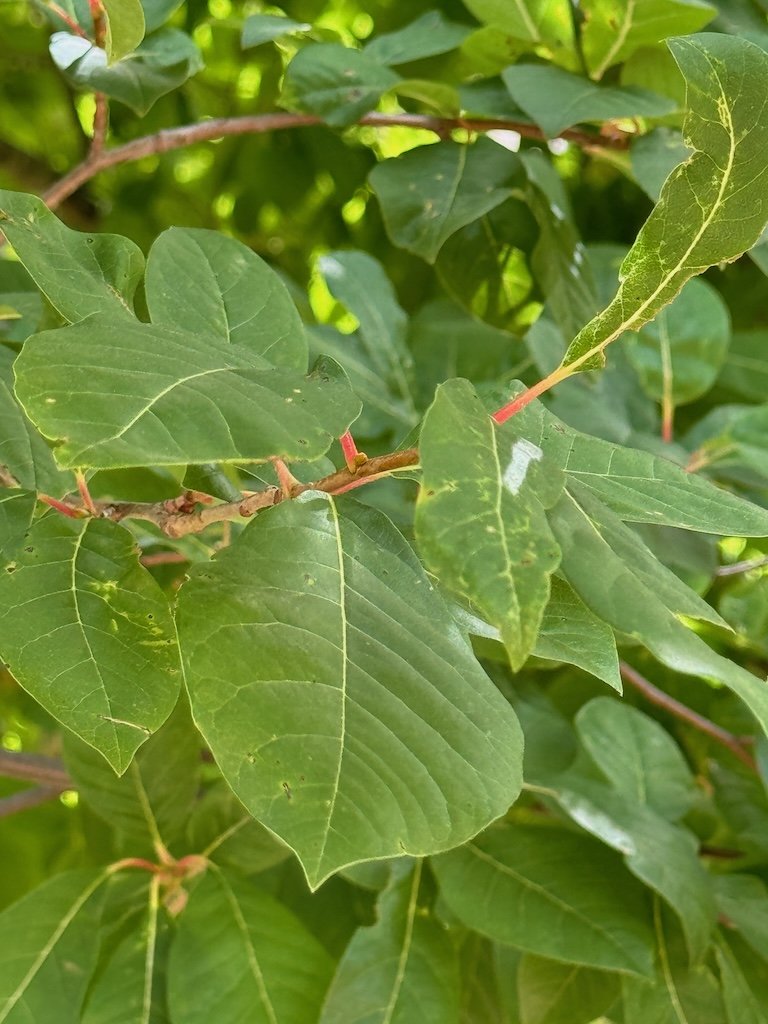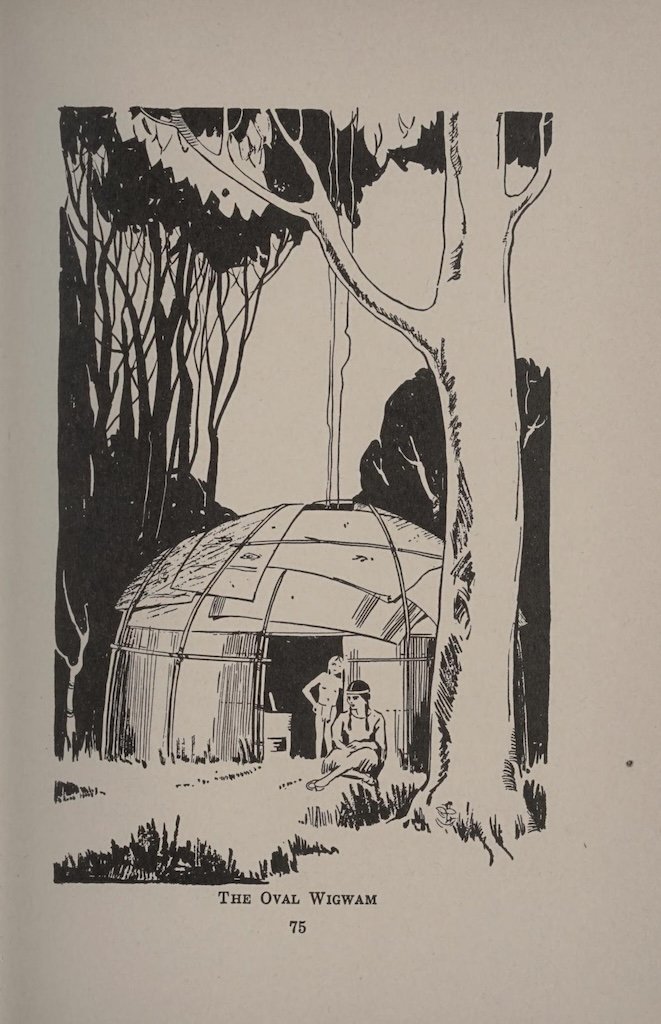Gleanings of the Week Ending September 7, 2024
/The items below were ‘the cream’ of the articles and websites I found this past week. Click on the light green text to look at the article.
Rare ‘Doomsday’ Oarfish Surfaces in California, Just the 20th Discovered in the State Since 1901 - Usually lives as far as 3,280 feet below the surface. Scientists conducted a necropsy, but they couldn’t discern a reason for the elusive fish’s death. Scientists aren’t totally sure why oarfish and other deep sea-dwelling creatures sometimes surface, but they suspect the animals may be disoriented, sick or injured.
Owl-Inspired “Bionic” Fan for EVs Reduces Fan Noise 50% While Improving Efficiency 10% - Making EVs even quieter!
Do you have knee pain from osteoarthritis? You might not need surgery. – Article written by researchers in Australia about the updated treatment guidelines for knee osteoarthritis that stress exercise, increasing physical activity, weight management, and pain medication (in moderation and not opioids). The links at the end of the article include an online exercise program specifically for knee osteoarthritis.
Frank Lloyd Wright’s Only Skyscraper Set to Close Amid Controversy – Price Tower in Bartlesville, Oklahoma. Built in 1956. Designated a National Historic Landmark in 2007.
Rebuilding the Genome of Woolly Mammoths - Typically, ancient DNA fragments yield short snippets of DNA and provide an incomplete picture of the genomic puzzle. However, the woolly mammoth skin sample showed promise. The team assembled the first 3D reconstruction of the woolly mammoth’s genome, which had 28 chromosomes; the order of genes was very similar to that of the Asian elephant. They discovered: the specimen was female; differences from modern elephants in the genes related to hair follicle development and, more broadly, hair maintenance; cooling and dehydration can preserve the molecules in their original locations.
Homelessness – From Our World in Data. Interesting…but frustrating too. I was glad that they emphasized when the data is not consistently collected…and the analysis gets very tricky.
Only One Country Is Making Progress on Electrifying Everything – Unfortunately it is not the US…it’s China. The country that electrifies most rapidly and builds the most renewables to power its electrified economy will be the most competitive economy globally.
As Arctic Thaws, New Evidence of Looming ‘Mercury Bomb’ - Scientists estimate that the amount of mercury in the atmosphere has grown sevenfold over the last 500 years, primarily from burning coal. Air currents are carrying airborne mercury toward the Arctic, where it is absorbed by plants, which then deposit the toxin in the soil. Over centuries, mercury has built up in the frozen ground, such that today, Arctic permafrost may hold more mercury than the atmosphere, the oceans, and every living organisms combined. As the region warms, melting permafrost could liberate this buried mercury.
Rare Fossils Give Clues to How Tardigrades Survived Mass Extinctions by Hitting the Snooze Button - Tardigrades are known for being some of the most resilient animals to exist, capable of surviving extreme temperatures, pressure, radiation and starvation—they can even withstand exposure to outer space. Only four known fossils of tardigrades have been found to date, and all of them are preserved in amber, or ancient tree resin; recently they were reanalyzed using confocal fluorescence microscopy. Cryptobiosis is the secret to tardigrades’ incredible resilience, and it appears to have evolved in two tardigrade linages (at least). In survival situations, these hardy creatures will expel the water from their bodies and suspend their metabolism almost completely allowing them to outlast unfavorable conditions of their environment.
Five ways the brain can age: 50,000 scans reveal possible patterns of damage - Results could lead to methods that detect the earliest stages of neurodegenerative disease. Dementia and its precursor, mild cognitive impairment, had links to three of the five patterns. Intriguingly, the researchers also found evidence that the patterns they identified could potentially be used to reveal the likelihood of more brain degeneration in the future. Other patterns were linked to conditions including Parkinson’s disease and Alzheimer’s disease, and one combination of three patterns was highly predictive of mortality.






















































































































































